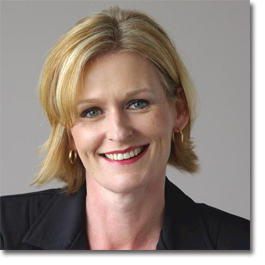Mortgage rates continue to defy expectations as Trump runup fizzles
Robert McLister Special to The Globe and Mail, Apr. 26, 2017
Here’s the least surprising news you’ll hear all day: Interest rates are not doing what most experts predicted.
Mortgage rates blasted off after Donald Trump’s presidential win last November. The narrative back then was that he’d trigger higher inflation and borrowing demand and potentially exacerbate credit risk – all of which are rocket fuel for interest rates.
But since then it’s been anti-climactic. The Trump-inspired runup in rates has fizzled like a North Korean missile launch. Investors now question Congress’s ability to enact any meaningful economic stimulus this year.
That and a fickle economy have put the beat-down on Canada’s five-year bond yield. The five-year yield, which influences fixed-mortgage rates, has given back half of its gain since the U.S. election.
That’s caused five-year fixed-mortgage rates to sink about 20 basis points (A basis point is 1/100th of a percentage point) from their recent 52-week high. You can now snag a five-year-fixed for as little as 2.17 per cent on default-insured purchases and 2.49 per cent for refinances.
What now?
Mr. Trump isn’t about to ditch his economic plan – a crusade that will make or break his presidency. Some of it will pass in Congress and, other things equal, that could push rates higher within 12 to 18 months.
Of course, other things are rarely equal in the rate market. Canada’s economy counts as well – especially Canadian exports and business investment, or lack thereof. The all-important price of oil and Canada’s core inflation (which is downtrending) also steer our rates.
If you prefer to watch just one indicator of mortgage trends, try Canada’s five-year bond yield on for size. This security takes all known information and distills it into a single number. Until you see that number convincingly shatter its two-year high of 1.33 per cent, mortgage rates will not be blasting off. Right now, the rate is hovering around 1.05 per cent.
Fixed or Variable?
Imagine if you somehow knew that rates would average at least one percentage point higher in the next five years. Locking into a five-year fixed rate would then make perfect mathematical sense – at least based on interest cost alone.
But down here on planet Earth, even that groundhog who predicts early springs could prognosticate rates better than most of us. So, people have to lean on history instead of forecasts, and five-year fixed rates are a sucker’s bet historically.
In fact, had today’s mortgage rate discounts existed for the past quarter century, variable rates would’ve trounced fixed rates virtually every single year.
Consider that folks getting insured mortgages are now finding rates as low as prime minus-1 per cent (i.e., 1.7 per cent). That’s a discount that some thought we’d never see again. What’s more, variable mortgages have less onerous penalties if you break them early (compared to a five-year fixed). That makes them an even safer bet in many cases.
But there’s a caveat. Floating rates are a bad idea if your budget or psychology can’t tolerate two percentage point higher rates at renewal. Then again, any mortgage is a bad idea if you can’t handle a two-point hike.
And don’t make the mistake of relying on the government’s posted-rate stress test either. Do a real-life analysis based on your actual family budget. Use a calculator to stress-test your mortgage payments given a 2– or 3-per-cent rate increase.
A two percentage point jump may sound like a long shot, but next week’s Kentucky Derby reminds us that long shots do come in. Google “Donerail” if you’re a history buff.
If a 91-1 underdog can beat the world’s most elite thoroughbreds in record time, you better believe the prime rate can do what it’s done 10 times before: jump 200-plus basis points in short order.
Comments are closed.










